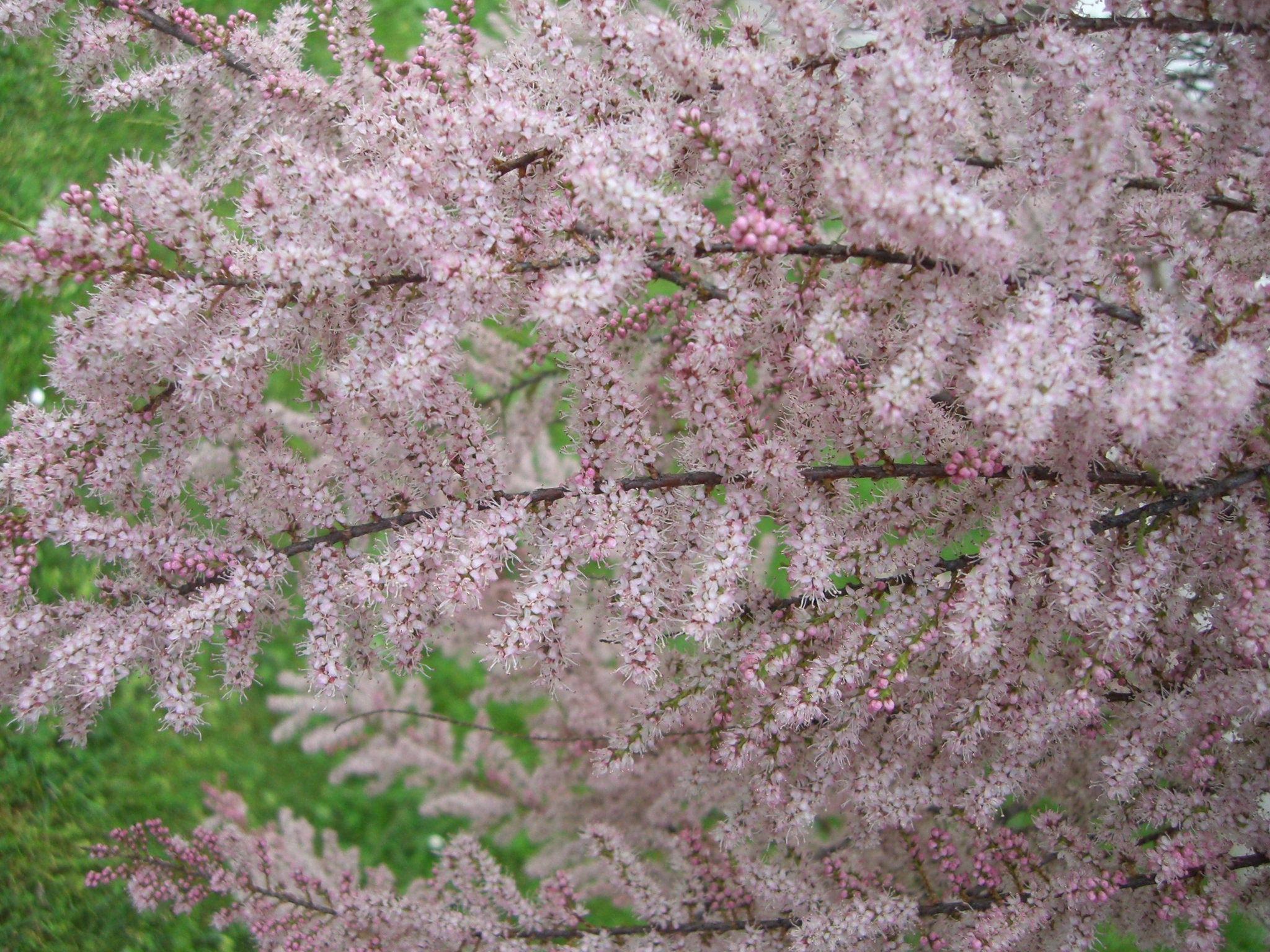
Shrubs and small trees with fine, feathery branchlets, superficially Casuarina-like. Leaves small, scale-like. Flowers in dense clusters on new or old wood, each with 4 or 5 sepals and petals, white, pink or rose. Stamens 4-5 (rarely more) with the filaments free or shortly united at the base. Fruit a capsule; seeds many with tufts of hair at the tips.
Sometimes grown as a hedge or windbreak and some species may have considerable weed potential in appropriate conditions. Especially suited to salty conditions. T. aphylla has been used for the above purposes as well as for erosion control along waterways and has become naturalised in Queensland and locally elsewhere; it is a noxious weed in the Northern Territory.
In the Mediterranean desert bedouins are said to still collect manna, the sweet secretions of insects that gather on Tamarix species: it is collected in the morning before melting in the sun occurs. This is presumably the manna of the bible although the term has also been applied to the alga Nostoc and the lichen Lecanora.
may be difficult, the details of leaf and stamen structure and arrangement being important in more rarely grown species.
Seed, softwood and hardwood cuttings.
Small scale-like leaves a few millimetres long giving trees and shrubs a cypress or Casuarina-like appearance.
60 species from Eurasia and Africa.
Baum (1978).
Source: (1997). Tamaricaceae. In: . Horticultural Flora of South-eastern Australia. Volume 2. Flowering plants. Dicotyledons. Part 1. The identification of garden and cultivated plants. University of New South Wales Press.
